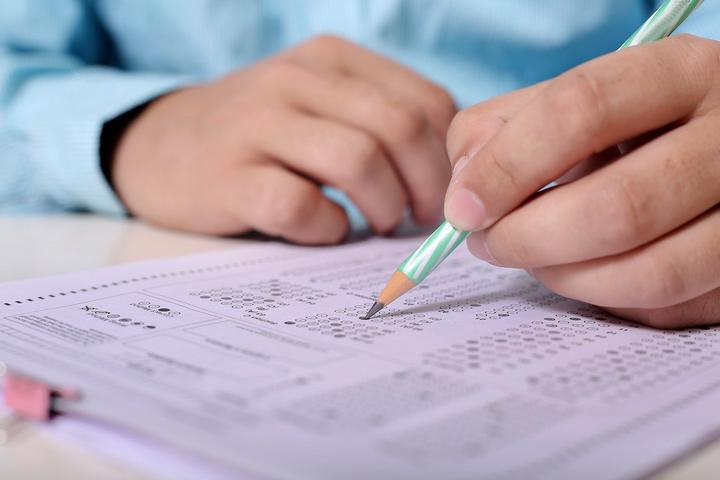1, 2, 3, GO! My general strategy for multiple choice tests

After getting some certifications added to my resume, I get asked a lot about how do I approach test-taking. Most of those inquires are specific for a particular exam, others in general. A single aspect of most certification exams (at least those I’ve taken) is that they tend to be composed mainly by multiple-choice questions. Having a strategy is a valuable part of the preparation for exams like that.
First you need to know the exam format
It is also important to mention that this strategy applies for a defined kind of exam:
- Mostly multiple-choice questions
- Limited in time
- Closed book - You are not allowed to consult any material during the exam
- Linear (fixed-form) - a set number of questions that you don’t need to answer and submit in the order they appear, being allowed to freely browse through the items, change answers, flag them for review
This format is the most common certification exam composition you will find in programs maintained by organizations such as ISACA, PMI, IAPP, CompTIA, and most ISC² certifications (except for the relatively new CISSP CAT - Computerized Adaptive Testing format); to name a few.
With the exam format in mind, to the strategy:
In an exam like that my general strategy is composed of 3 key steps (or passes through the questions):
First pass:
I’ll go through all the questions sequentially, skim them, answer all of the questions. In this first pass, I’ll get the low hanging fruits and the giveaways (every exam has them), and I’ll flag all questions that I’m not 100% confident with the answer I selected. Typically, if you are prepared, you’ll be able to spot the clear distractors (wrong alternatives), and you might be choosing between two alternatives. In this first pass, I’ll click on the one that seemed better in the first read. No questions left unanswered.
Second pass:
Now, I allow me time to read every flagged question at least twice. If I’m comfortable with the selected answer, I unflag it and move forward to the next; if I still have doubts, I keep it flagged and move to the next.
Third pass (if the clock allows me):
Again, review the (still) flagged questions, using the time I have to review them. Typically, at this stage, I won’t have much.
What if I have no clue?
If you prepared yourself well enough, this should be rare, but still happens. In that case, look for the clearly wrong alternatives, select the one that seems better and move on. Be stuck on this kind of question will only make you waste precious time and damage your confidence for the following questions. The confidence factor is also one of the reasons why I allow time for those only on the third pass, at this stage all other questions are answered, and I’m likely confident that the few questions that I don’t know the answer to won’t seal my fate in the exam.
Submit
After the 3 passes, I can (or must) submit the exam and think about getting a beer. 🍺 😄
Finally, the only word of advise
Do I blindly recommend you adopting this strategy? I don’t. I suggest you to consider this is an important part of the exam-taking process; thus, you should come up with your own strategy. If you are not prepared, you won’t pass just because you have a test-taking strategy. Still, paradoxically it helps prepared candidates to focus more on the actual knowledge required to pass an exam than its format, the clock, or confidence issues.